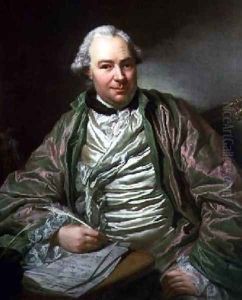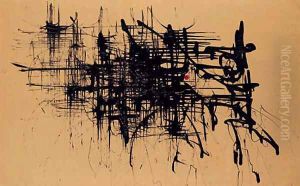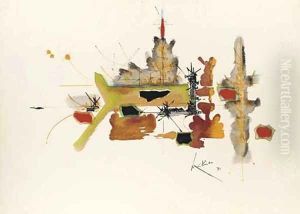Georg David Mathieu Paintings
Georg David Matthieu was a notable painter during the Rococo period, primarily recognized for his portraits that captured the elegance and sophistication of his era. Born in 1737 in Berlin, Germany, Matthieu's artistic journey began under the guidance of his father, the portrait painter Johann David Matthieu. This early exposure to the art world set the foundation for his career, as he later furthered his studies in art academies across Europe, honing his skills and developing his distinct style.
Matthieu's work is characterized by its delicate use of color, intricate details, and the ability to capture the personality and dignity of his subjects. He became particularly well-regarded for his portraits of the nobility and prominent figures of his time, which were celebrated for their realism and emotional depth. His talent in portraying the human face and form with sensitivity and elegance won him numerous commissions from the courts and noble families across Germany and beyond.
In the 1760s, Matthieu moved to Ludwigslust, where he served as the court painter to the Duke of Mecklenburg-Schwerin. This period marked the peak of his career, as he produced some of his most famous works, including portraits of the ducal family and other members of the European aristocracy. His position allowed him to significantly influence the artistic tastes and standards of the court, and he played a key role in the cultural life of the region.
Despite his success, Matthieu's life was marked by personal struggles, including financial difficulties and health problems. His dedication to his art, however, never waned, and he continued to paint until his untimely death in 1778 at the age of 41. Today, Georg David Matthieu's legacy lives on through his portraits, which remain a testament to his skill as an artist and his contribution to the Rococo movement. His works are preserved in various museums and collections, where they continue to be admired for their beauty and historical significance.




